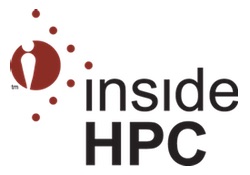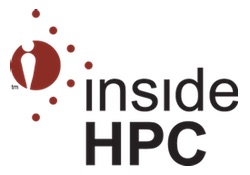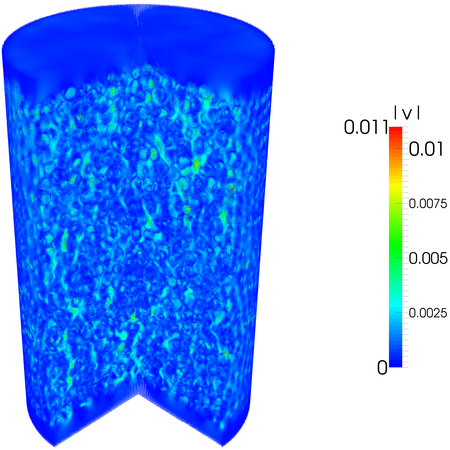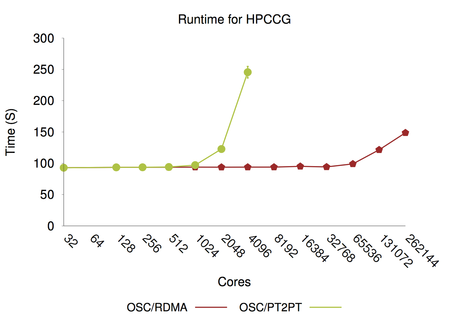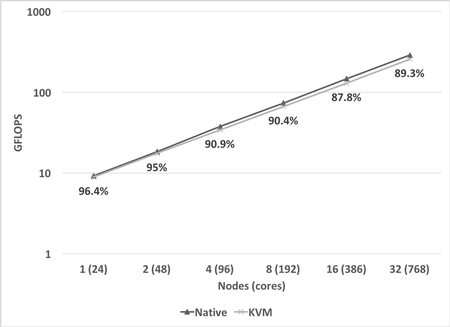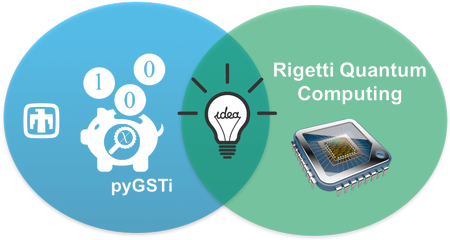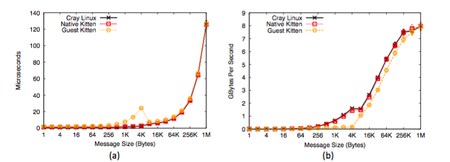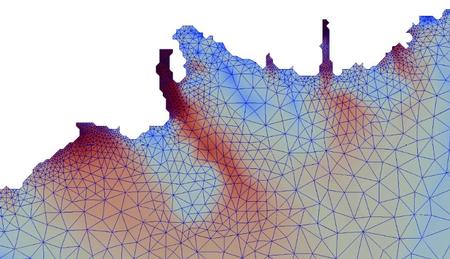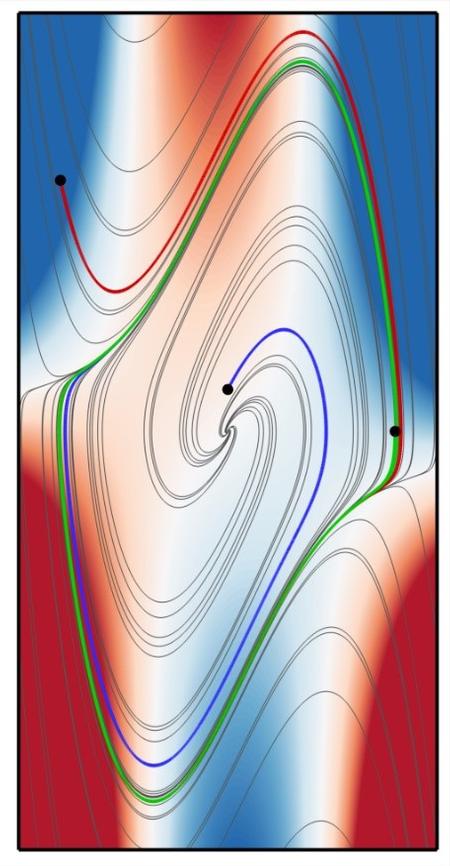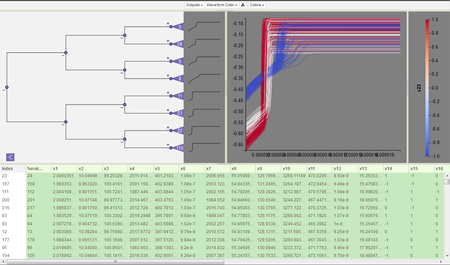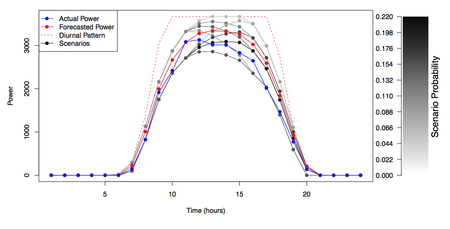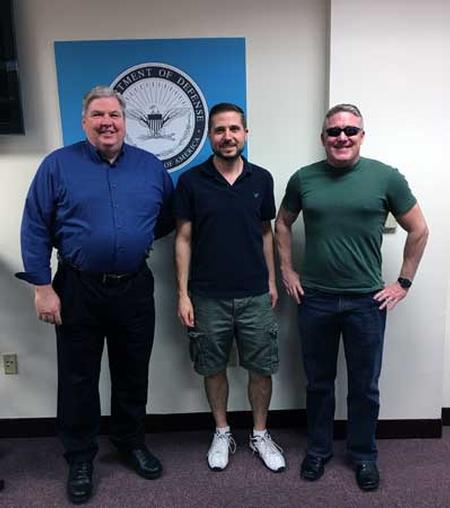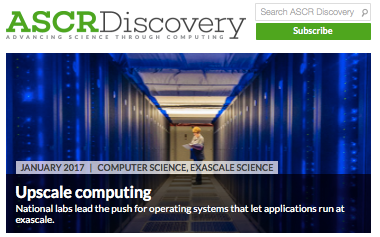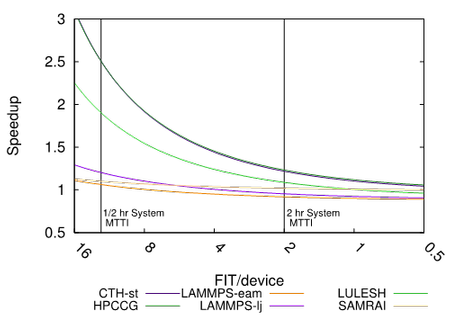September 1, 2017 • Three staff in the Non-conventional Computing Technologies department (1425) recently made high-profile technical communications: Kenneth Rudinger coauthored a paper published in Physical Review Letters on a robust method for phase estimation for qubits: “Experimental demonstration of cheap and accurate phase estimation.” His co-authors were Shelby Kimmel, Joint Center for Quantum...
![FIG. 1: (a) RPE and (b) GST experimental sequences. Each sequence starts with the state p and ends with the two-outcome measurement M. (a) An RPE sequence consists of repeating the gate in question either L orL + 1 times. (b) In GST, a gate sequence Fi is applied to simulate a state preparation potentially different from p. This is followed by [L/|gk|I] applications of a germ—a short gate sequence gk of length |gk|. Finally, a sequence Fj is applied to simulate a measurement potentially different from M.](https://www.sandia.gov/app/uploads/sites/210/2022/06/Aidun_580-1.jpg)
